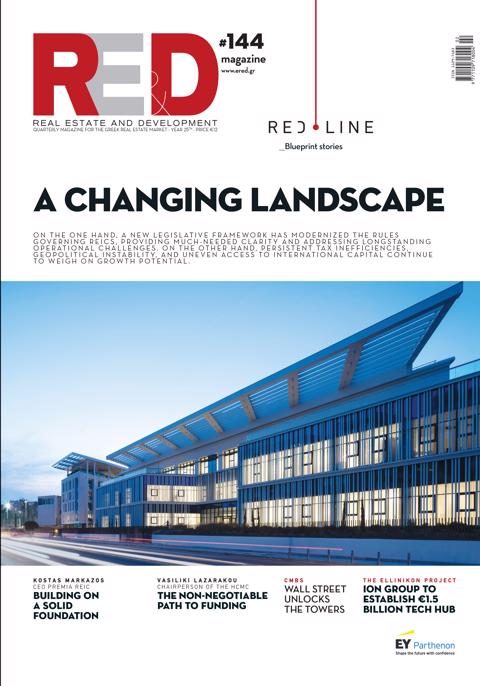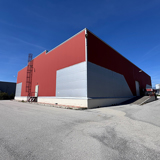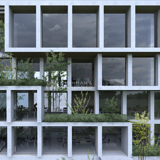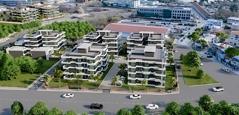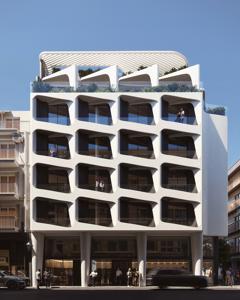Commerzbank AG, the international financial group, has announced plans to vacate several of its office buildings in Frankfurt as part of a broader strategy to reduce its overall office footprint in the city, following significant staff cuts recently unveiled by the bank.
According to Bloomberg, citing a statement issued on Tuesday, the bank will lease more than 73,000 square meters of space in the 52-story Central Business Tower, currently under construction in central Frankfurt. The move will enable Commerzbank to exit three other office buildings with a combined floor area of around 100,000 square meters, according to a source familiar with the matter.
The announcement follows the recent presentation by Chief Executive Officer Bettina Orlopp of the bank’s new strategic plan, which includes major reductions at its Frankfurt headquarters. The total number of employees is expected to remain broadly stable, as job cuts in Germany will be offset by new hires abroad.
Commerzbank’s decision to scale back its Frankfurt office space reflects both workforce reductions and the growing adoption of hybrid and remote working models, with employees now permitted to work from home up to four days a week.
The bank expects to relocate its operations to the Central Business Tower by late 2028. The tower, owned by Helaba, will house approximately 3,200 employees and is located near the Commerzbank Tower, the bank’s primary high-rise, which will continue to operate.

This move reflects the broader trend among banks to favor modern, centrally located offices in Frankfurt, as older and more peripheral buildings are considered less efficient and less cost-effective.

